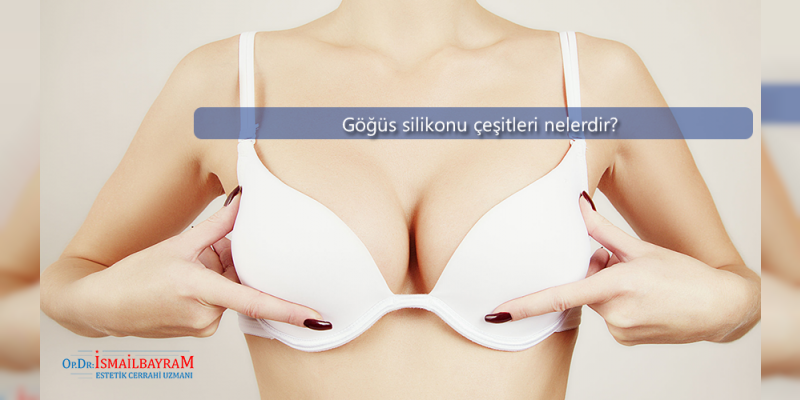
Women who think that their breasts are small apply to breast augmentation surgeries in order to have a breast structure proportional to their body lines. In addition, we can say that breast augmentation surgery is an aesthetic operation that is frequently applied for many reasons such as eliminating the loss of breast volume, achieving the symmetry of both breast sizes and recreating the breast tissue.
Among the methods used in breast augmentation surgeries, the most commonly used technique is breast augmentation surgery with silicone. It is possible to reach the size and consistency demanded by the patients with these silicones. Silicone technique is widely used to eliminate symmetrical inequalities between breasts and to achieve a successful result in the desired size. However, these silicone prostheses, which are called breast silicones, can differ from each other like the breast structure of every woman. For this reason, the types and contents of prostheses, which have various types and contents, are explained in detail in the title of What Are the Types of Breast Silicones, since the usage patterns and techniques are different.
Silicone prostheses used in breast augmentation techniques allow the success rate of the operations and the desired image to be captured at the same rate. In particular, obtaining the desired consistency and size in the breast tissue can be easily achieved through these prostheses. For this reason, before having breast augmentation surgery, it is beneficial to learn about the Types of Breast Silicones and their functions.
Silicone prostheses used in breast augmentation surgeries are handled in different categories in terms of content, shape and surface. However, they are considered in two different types in terms of shape. They are round and drop-shaped breast prostheses. In terms of content, silicone prostheses are; It is considered in the group as containing silicone and saline content. In terms of surface structure, there are rough and flat surface prostheses.
Silicone prostheses used in breast augmentation surgeries are produced in two forms.
These prostheses, which are in round and drop form, are different from each other in shape, as the name suggests. Round silicones are hemispherical. The lower parts of the drop-shaped silicones are fuller than the upper parts. The upper parts have a flattened structure. Both types have different advantages in operations.
Round prosthetic silicones fill the upper part of the breast tissue better. People who prefer chest decollete commonly prefer this type of prosthesis. In addition, due to the volume it gives to the breast shape, there is no need to use a supported bra. Round-shaped silicones, which are mostly preferred in patients with thick chest muscles and skin, help a more aesthetic appearance with the pressure of thick tissue.
Drop-shaped silicone prostheses are more commonly used for patients with weak rib cage muscles and skin. These silicones help to achieve a more aesthetic appearance. In addition, it gives successful results in patients with long rib cages and patients with sagging breast skin. Especially since it helps to collect the sagging skin better, it regains the shape and form of the breast.
The contents of breast prostheses are roughly divided into two groups according to the consistency of the gel.
These silicone types, which vary according to their content, contain silicone gel or physiological serum, as their names suggest. These silicones have a structure that preserves the soft gel shape inside. Soft gel-containing silicones have a structure suitable for the natural consistency of the breast tissue. In addition, they can move towards gravity in their own sheath. The other type of silicone keeps its shape. It only contributes to the growth of the breast in volume and puts it in a certain shape. However, these prostheses are harder to the hand.
The gel-containing silicones used today have forms that do not flow out if they burst or cut. Due to this structure, the risk of problems arising from wear or traumatic accidents is very low.
There are also types of silicone breast prostheses that contain water, not gel. However, silicones filled with water may have a harder consistency than other types. Therefore, it is less preferred. In addition, the leakage risks of water-filled silicones are quite high.
Another type of silicone that will be discussed in the title of What Are the Types of Breast Silicones is silicones that vary according to the surface structure. These silicone prostheses are also divided into two groups.
As the name suggests, these prostheses are grouped according to the texture of their outer surfaces. Flat-surfaced silicones have a softer shell structure. For this reason, the rate of feeling over the breast tissue is lower. Rough surface silicones are preferred more often because they reduce capsule development.
You can complete all your transactions faster by making an online appointment quickly...
